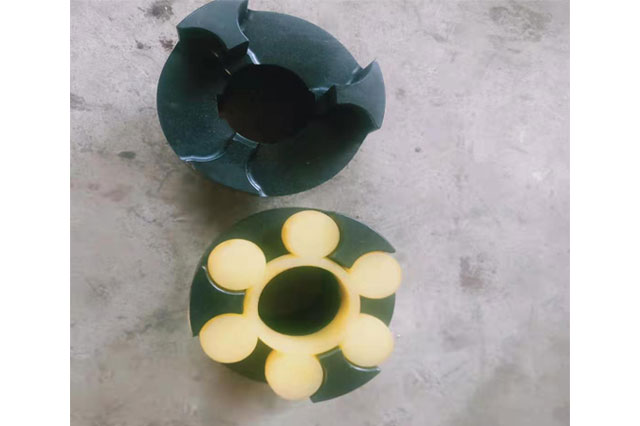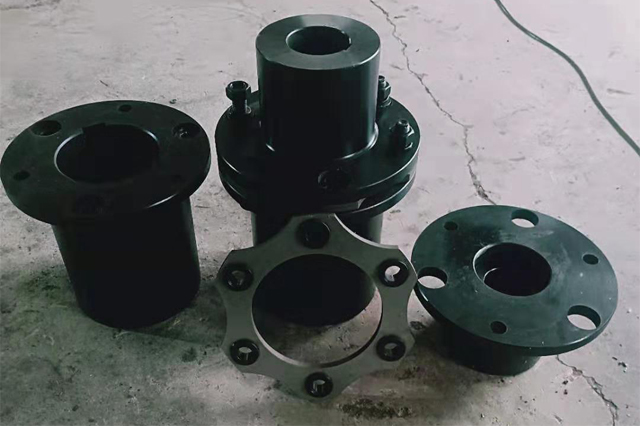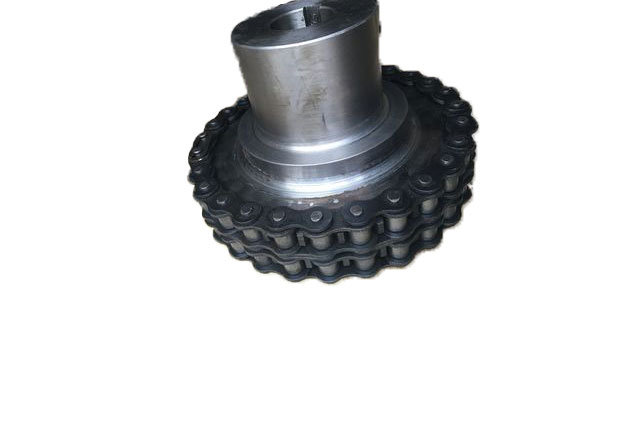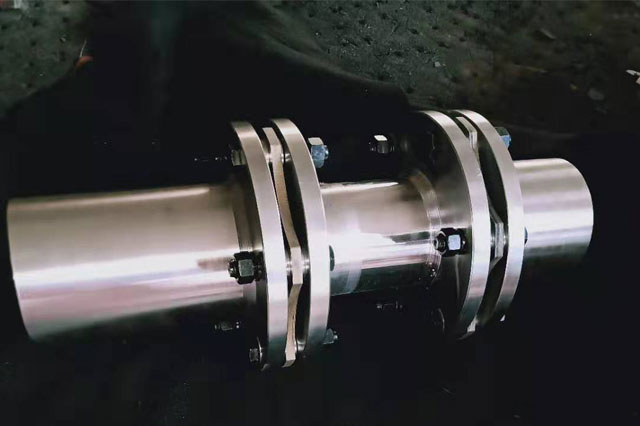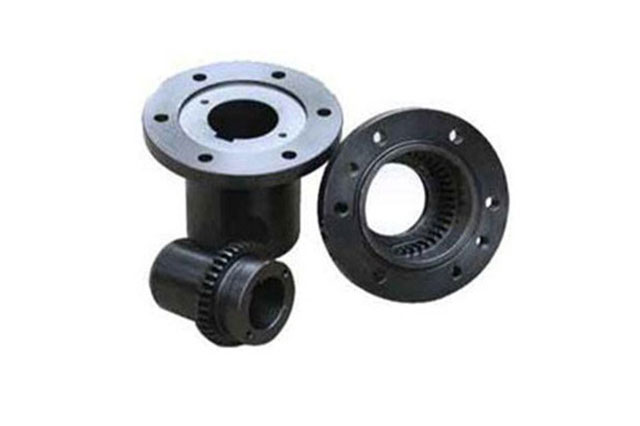Coupling classification and working principle
作者: Time: 2019-07-27688 views
In actual applications, couplings can be divided into heavy, medium, small and light based on the magnitude of the transmitted torque.
Medium and light universal couplings are often used in automobiles, machine tools and other vehicles and light industrial machinery.
Small universal couplings are mainly used to transmit motion, and are generally used in precision machinery and control mechanisms.So how to choose the right coupling and what are the precautions when using it?
1 Application selection of coupling
1. Due to reasons such as manufacturing, installation, load deformation and temperature changes, it is difficult to maintain strict and precise alignment of the two shafts after installation and adjustment.
There is a certain degree of displacement in the X and Y directions and the deflection angle CI.When the radial displacement is large, you can choose a slider coupling, and when the angular displacement is large or the connection of two intersecting shafts, you can choose a universal coupling.When the two shafts produce a large additional relative displacement during the working process, a flexible coupling should be used.
Universal coupling
2. The working speed of the coupling and the centrifugal force caused by it.
For high-speed transmission shafts, couplings with high balance accuracy, such as diaphragm couplings, should be selected, rather than eccentric slider couplings.
Oldham coupling
3. The size and nature of the torque to be transmitted and the requirements for the buffering and damping function.
For example, for high-power and heavy-duty transmissions, gear couplings can be selected; for transmissions that require severe impact loads or to eliminate shaft torsional vibration, tire couplings and other couplings with high elasticity can be selected.
Helical gear coupling
4. The working speed of the coupling and the centrifugal force caused by it.
For high-speed transmission shafts, couplings with high balance accuracy, such as diaphragm couplings, should be selected, rather than eccentric slider couplings.
Diaphragm coupling
5. The magnitude and direction of the relative displacement of the two axes.
When it is difficult to maintain strict and precise alignment of the two shafts after installation and adjustment, or when the two shafts will have a large additional relative displacement during the working process, a flexible coupling should be used.For example, when the radial displacement is large, you can choose a slider coupling, and when the angular displacement is large or the connection of two intersecting shafts, you can choose a universal coupling.
6. The reliability and working environment of the coupling.
Generally, couplings made of metal components that do not require lubrication are more reliable; couplings that require lubrication are easily affected by the perfect degree of lubrication and may pollute the environment.Couplings containing non-metallic components such as rubber are more sensitive to temperature, corrosive media and strong light, and are prone to aging.
Slider coupling
7. The manufacturing, installation, maintenance and cost of the coupling.
Under the premise of meeting the convenience of use, couplings that are convenient for assembly and disassembly, simple for maintenance, and low cost should be selected.For example, the rigid coupling is not only simple in structure, but also easy to assemble and disassemble, and can be used for low-speed, high-rigidity drive shafts.General non-metallic elastic element couplings (such as elastic sleeve pin couplings, elastic pin couplings, plum-shaped elastic couplings, etc.), due to their good comprehensive capabilities, are widely used in general small and medium-sized Power transmission.
Coil spring coupling
2 Precautions for the use of the coupling
01
The coupling is not allowed to have more than the specified shaft center line skew and radial displacement, so as not to affect its transmission performance.
02
After the universal coupling is installed, all the fastening screws must be checked for normal operation for one shift. If they are found to be loose, they must be tightened again with the specified tightening torque. Repeat this for several shifts to ensure that they will not loosen.
03
The sliding surfaces, crossheads, bearings, etc. of the universal coupling must be lubricated. Generally, 2# industrial lithium-based grease or 2# molybdenum disulfide calcium-based grease is used. Under normal conditions, run continuously for 500 hours and refuel once, and run 2 intermittently. Refuel once a month. If you work under high temperature conditions, you must refuel once a week. When refueling, unscrew the oil hole screws on the bearing end face and inject it with a high-pressure oil gun until it overflows.
04
In the daily maintenance of the coupling, if normal wear such as indentation is found, it should be replaced in time; the coupling is not allowed to have cracks, if there is a crack, it needs to be replaced (it can be knocked with a small hammer, judged by the sound); When, turn the cross shaft 180° to achieve alternate use of the journal force.
05
The contact length of the tooth width of the gear coupling shall not be less than 70%; the axial movement shall not be greater than 5mm.
06
If the tooth thickness of the gear coupling is worn out, when the hoisting mechanism exceeds 15% of the original tooth thickness, when the operating mechanism exceeds 25%, it should be scrapped, and it should be scrapped when there are broken teeth.
07
If the elastic ring of the pin coupling and the sealing ring of the gear coupling are damaged and aging, please pay attention to timely replacement.

